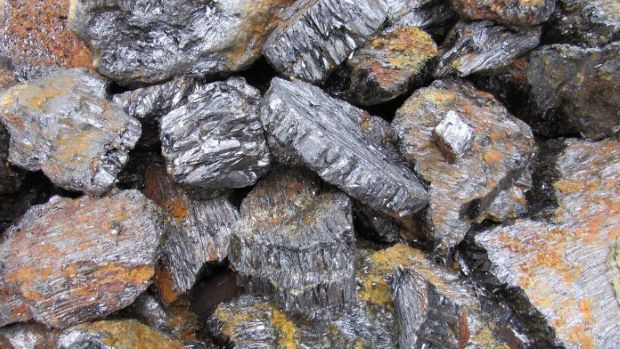Sri Lanka attracts $1 billion in mineral mining proposals amid policy revamp
COLOMBO – The Board of Investment (BOI) has received 14 investment proposals worth around one billion US dollars in Sri Lanka’s mineral mining sector, reflecting growing investor confidence as the country stabilizes after its 2022 debt default, BOI Chairman Arjuna Herath said.
Explaining that the proposals cover a range of mineral resources, including graphite, ilmenite, and phosphate, he said investors are waiting for the government to finalize a new national mineral policy framework before proceeding.
“So, that policy formulation is happening at this moment,” Herath said. “Minerals will be one of the key sectors driving investment and economic development in the country.”
Sri Lanka, which holds significant deposits of mineral sands and industrial minerals, currently exports much of its mineral output in raw or semi-processed form, earning relatively low returns. Industry stakeholders have long urged the government to introduce a clear and investor-friendly regulatory framework to attract large-scale mining and value-added processing ventures.
At present, mining permits are typically granted for only 12 months, a policy that has discouraged long-term investment. “A one-year mining licence will make investors run away,” a senior mining industry official warned earlier this year. In comparison, countries such as Australia grant mining licences for 10 to 15 years, offering greater security and predictability.
The sector is also burdened by high royalties and export-related taxes, which local operators say are among the steepest in the region. Some industry players argue that Sri Lanka’s royalty structure, based on export prices rather than extraction value, and complex value-addition requirements make operations commercially unviable.
Foreign interest in the sector has nevertheless been increasing. Australia’s High Commissioner to Sri Lanka recently said that Australian firms are exploring opportunities in phosphate, graphite, and ilmenite mining, citing the island’s rich geological potential and improving economic stability.
Historically, Sri Lanka’s graphite industry was among the country’s earliest mineral exports, dating back to the British colonial era. However, decades of policy uncertainty, expropriation, and short-term licensing have left the industry underdeveloped.
With the upcoming policy reforms, Herath said the government aims to unlock the full potential of Sri Lanka’s mineral wealth by providing policy consistency, longer-term licenses, and a transparent investment environment that encourages both local and foreign participation.
-ENCL



Comments are closed, but trackbacks and pingbacks are open.